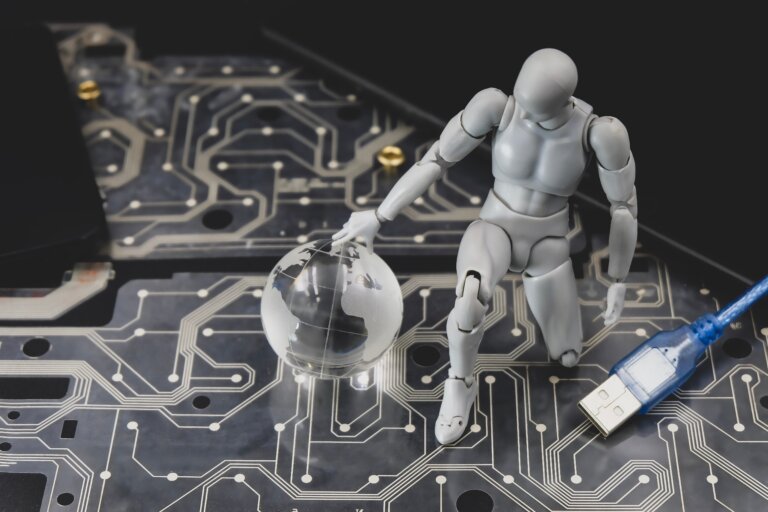In the rapidly advancing world of robotics, securing intellectual property protection is more important than ever. Innovations in this field push the boundaries of technology, leading to unique challenges in patent law. As inventors and companies develop groundbreaking robotic technologies, ensuring these creations are properly protected under patent law is essential for maintaining a competitive edge and fostering further innovation.
Understanding Patent Protection for Robotics
A patent grants inventors exclusive rights to their innovations, acting as a legal shield against unauthorized use, production, or sale by others for a certain period. In the area of robotics, where the fusion of software, hardware, and sometimes groundbreaking methodologies redefine what machines can do, securing a patent becomes a strategic move. It not only recognizes the inventor’s ownership but also contributes to a competitive market advantage. The criteria for robotics patents revolve around three pillars: the invention must be novel, meaning it hasn’t been previously disclosed; it must exhibit non-obviousness, offering an inventive step that is not evident to someone with ordinary skill in the field; and it must possess utility, proving functional and beneficial. Understanding these principles is crucial for protecting robotics innovations in a landscape that’s constantly evolving.
The Process of Patenting Robotics Innovations
The journey to patenting a robotics innovation begins with comprehensive research. Inventors must first ensure their creation is indeed unique by conducting an extensive patent search, a task that delves into existing patents to avoid infringing on others’ rights. Drafting the patent application is the next step. This document is more than just a formality; it’s a detailed narrative of the invention, covering its technical specifications, functionalities, and potential applications in the robotics field. It must articulate the innovation’s novelty and utility in a manner that clearly distinguishes it from existing technologies.
Once the application is prepared, it’s submitted to the patent office, initiating a review process where examiners scrutinize the submission for its adherence to patentability criteria. This phase can involve correspondence with the patent office, addressing any concerns or clarifications they may have. Upon successful review, the invention is granted patent protection, affording the inventor exclusive rights to their creation. This process is fundamental for securing the legal protection needed to capitalize on and further innovate in the field of robotics.
Challenges in Robotics Patenting
Patenting robotics innovations presents unique challenges, primarily due to the field’s fast-paced evolution and the complex integration of interdisciplinary technologies. One significant hurdle is defining the scope of the patent. Robotics inventions often combine software, mechanical components, and electronic systems, making it challenging to delineate the boundaries of the patent protection clearly.
Additionally, the rapid advancement in robotics technology means that what is considered novel today may quickly become common knowledge, complicating the patentability criteria of novelty and non-obviousness. Inventors must also navigate the landscape of existing patents, ensuring their innovation does not inadvertently infringe on others’ intellectual property. Overcoming these obstacles requires a strategic approach, focusing on thorough research, precise patent drafting, and an ongoing awareness of the evolving technological standards within the field of robotics.
Contact Bold Patents for Help with Your Robotic Patents
At Bold Patents, our dedicated team possesses the insight and legal acumen needed to protect your robotics innovations. We provide personalized guidance through every step of the patent process, from conducting detailed searches to crafting robust applications. Our commitment is to safeguard your inventions. If you’re ready to secure your place in the future of robotics, reach out to us for a free discovery call. Let’s transform your creative visions into protected assets together.

